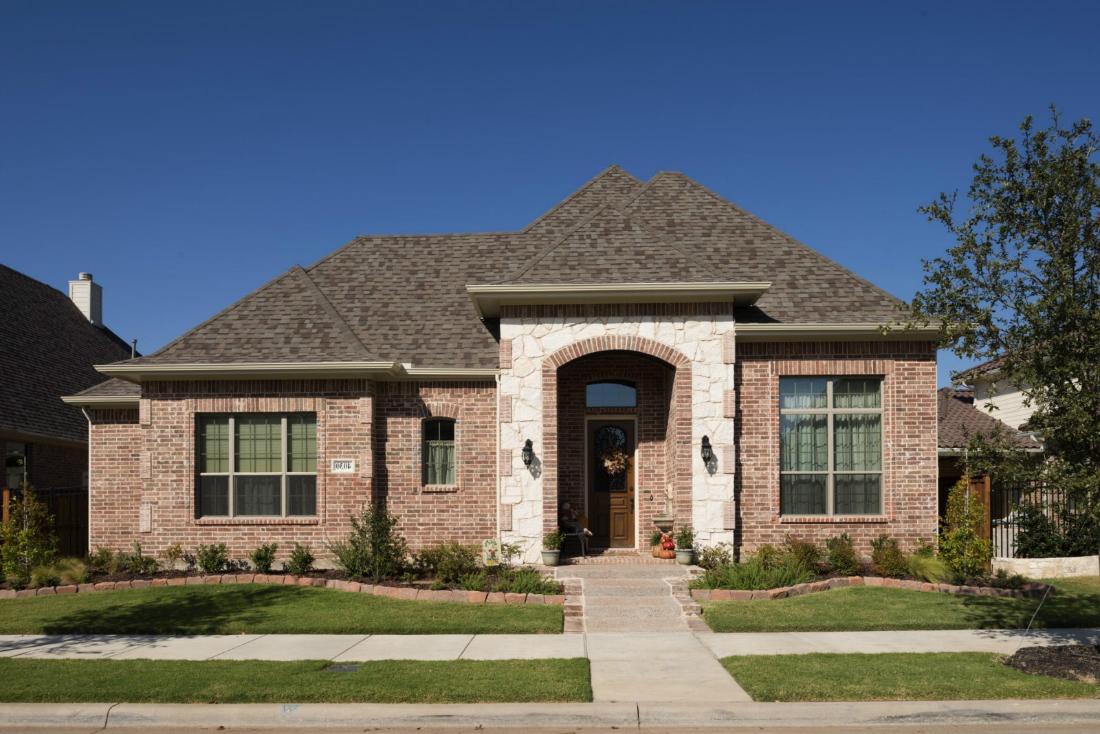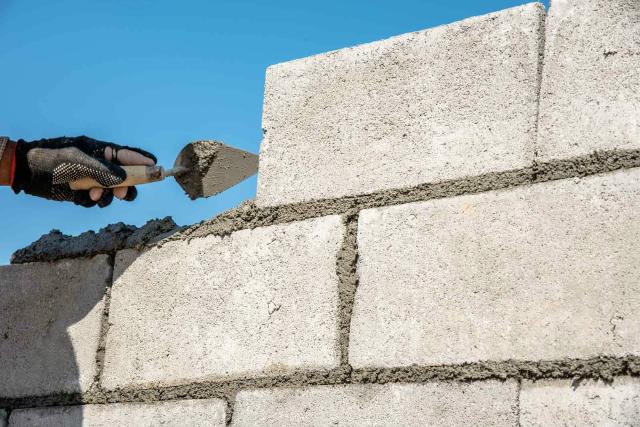Material
Types of Brick
Nov 2 2022
Brick is one of the common building material that is usually used for wall, flooring, decoration or any related masonry construction. Bricks consider as one of the strongest and long-lasting building materials because many of ancient building that still standing or exists right now are mostly made from bricks. They are usually laid and bond in patterns to make a durable and strong structure like a wall, column or beam. The thing that keeps them bond together is usually workable paste like mortar. After the structure is formed, the surface is usually rough and uneven so plastering is needed to smooth out the surface before any painting can be done.
Introduction
Bricks are commonly made from clay since is easy to be made and mass produce and other is sand, fly ash, lime etc.Facing bricks or the brick side surface can usually use as façade material since it provides the aesthetic view of a building. Types of facing bricks include smooth-face, bark-face, rock-face, and wire-cut. Usually, facing brick might also provide a variety of colour to choose too. Commonly used area include wall, garden section, chimney, fire pit, etc.Sometimes you might even notice some brick contain 3 or more hole in it which is what we call Hollow bricks. Generally, 3 or lesser hole(depend on the size of hole) might not detract from their structural value and help in reducing the weight of a building. However, if the size or amount of hole is excessive would usually result lower in compressive strengths and lower load bearing but at the same time, it provides good thermal and sound insulation. Hollow brick usually produces in larger size and lightweight to reduce cost so they are greatly used for interior brickwork. Hence, they are usually used as a soundproofing wall for studios, ballroom, opera, etc. Bricks are commonly sold in five categories, clay bricks, engineering bricks, sand-lime bricks, concrete bricks and fly ash clay bricks.
Applications
Sand-lime brick or more commonly referred to as sand brick is one of the popular bricks. It is made by mixing lime with sand and aggregate followed by autoclaving than the product is ready to use. They are usually produced in gray color rather than red, brown or orange. The resulting brick usually contains a smooth surface that doesn't require or lesser plastering than a normal brick wall. This comes in faster work done and also cost saving. These bricks also able to provide excellent compressive strength which makes it a good load-bearing material tool. Other Advantages include good heat & humidity accumulation, fire resistant and also thermal & sound insulation. However, sand brick is usually cost more than normal brick so whether to use or other better alternative is always good to think about. It also has a low abrasion resistance so is easy to wear-out if use on paving or exterior decoration.Clay bricks are one of most produce brick of all type. They are usually mass-produced in a factory and sell at a very economical price. Clay brick also possess higher compressive strength than normal concrete bricks and sand brick. Moreover, clay brick also got better weather resistant and retent their color even after many years. This also gives it a better resell value too. Imagine a house that builds for more than 20 years but still looks the same is a kind of achievement and secure. Other advantages include low maintenance cost as the brick wall do not stick to paint and any repainting also not required. Other material might provide the same feature but clay brick are naturally anti rusting, peeling, warping, splitting and termite free without any additional treatment or chemical involved. However, the drawback is that it usually increases the weight of a structural because of it high dense and greater weight support structure greater the construction cost. Unlike sand brick, it also doesn't have good sound insulation.
Engineering bricks usually possess greater compressive strength and lower water porosity than other types of brick. Lower porosity improves the load bearing of brick and also erosion resistance which means a material for pavement and load bearing structure. Common applications include road pavement, manholes, retaining walls, damp proofing, etc.
Advantages
Brick usually has the following advantage:No Fluctuate temperature
Constant Humidity
Save Energy
Durable
Fire resistant
Termite resistant
Corrosion resistant
Popular Bricks product:
Contact us today for your brick supplier or masonry contractor in Malaysia.


